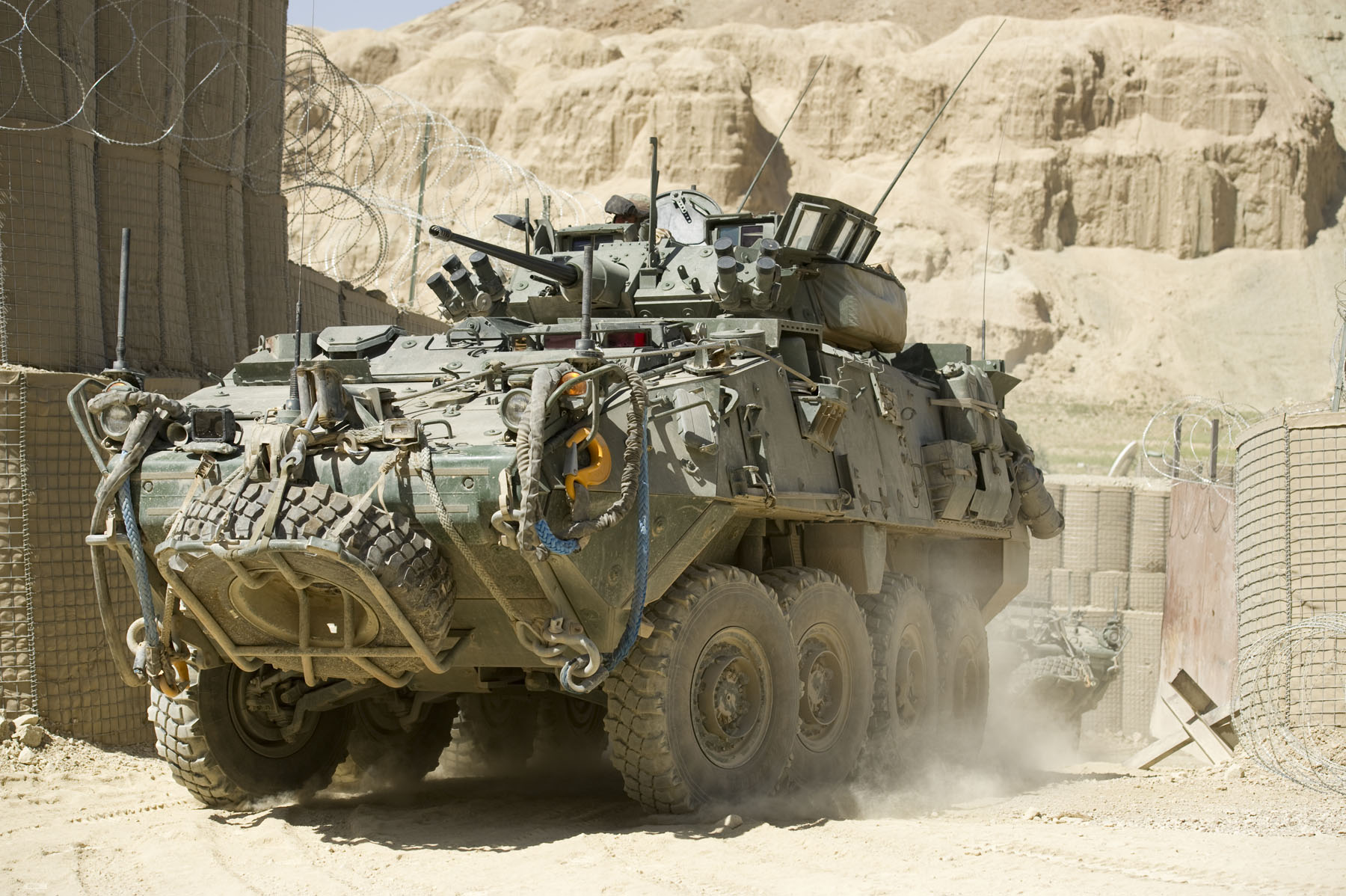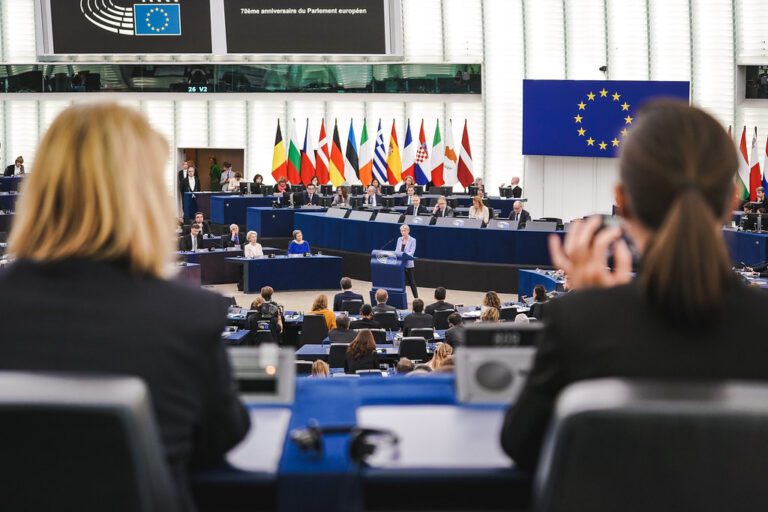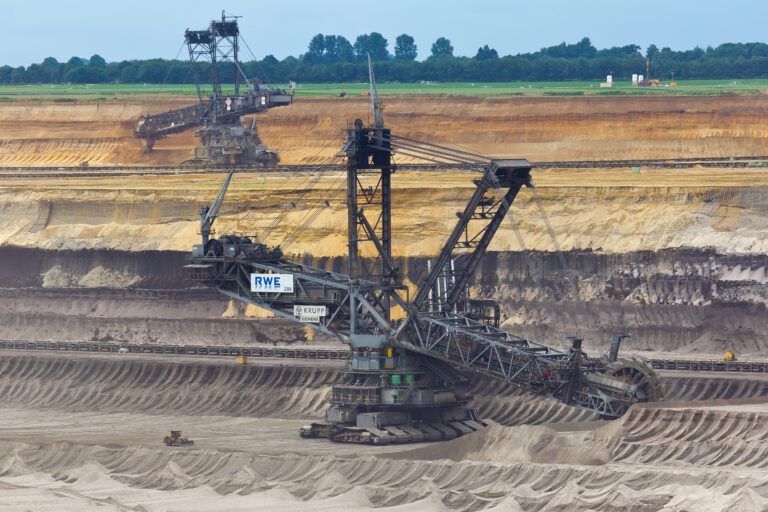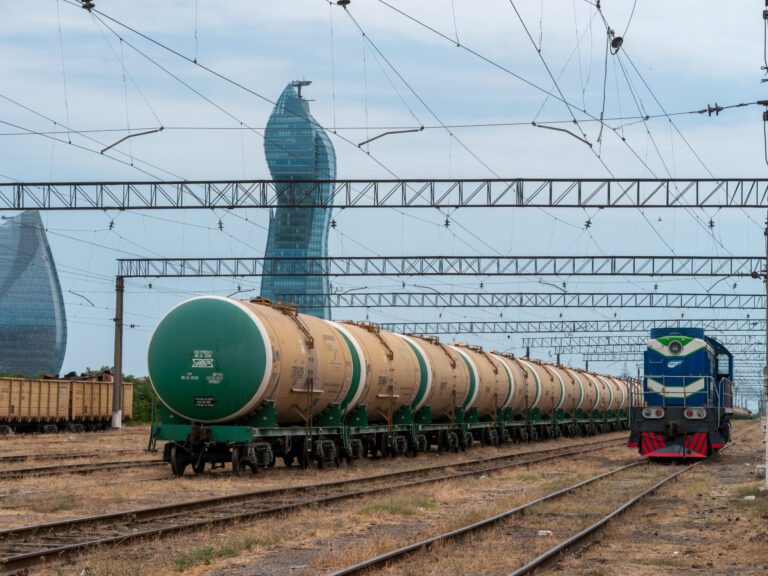
This article was originally published by MERICS as part of its series on China’s rare-earths export controls and is republished here with the permission of the authors. The article is part of an ongoing collaboration between MERICS and CHOICE.
The new rules create a problem for European defense companies – but Brussels has the legal and financial frameworks to address it.
The European Union has been vocal about the economic risks of China’s export restrictions on seven rare earth elements (REEs) and permanent magnets. Industry Commissioner Maroš Šefčovič has lamented the “alarming” situation for manufacturers and Commission President Ursula von der Leyen the “strain” they face. But they have proved consistently shy to make another crucial point: China’s move imperils not only Europe’s carmakers, but also its ability to re-arm. REE magnets, for example, are needed for motors and sensors in fighter jets as much as wind turbines – and the EU imports 98 percent of these components from China.
One likely reason for this reluctance is that Europe’s dependency on China for raw materials is not new – the EU’s Critical Raw Materials Act (CRMA) entered into force in May 2024, committing the region to securing a secure and resilient supply of 34 critical raw materials. But this and previous efforts to tackle the raw material dependency have been hampered by the long timelines and large sums of money necessary for actual change: mining and processing projects usually take up to 15 years to mature, and the CRMA did not commit to any funding from public coffers, for example, to guarantee demand at specific prices.
Europe’s Defense Industry Continues to Rely on China for REEs
Europe’s defense industry continues to rely on China’s mining, extraction, and processing capacities to supply REEs for key defense systems and technologies. European missiles use neodymium, praseodymium and samarium for permanent magnets and dysprosium for heat stabilization in guidance, targeting and control systems. The Meteor long-range air-to-air missile – made by defense contractor MBDA in a joint project involving Germany, Italy, France, Spain, Sweden, and the UK – also uses gallium nitride for radio-frequency seekers and praseodymium for actuators that convert energy into mechanical motion. How much is unknown, no capital will say (only Washington once said that an F-35 fighter contains around 400 kg of REEs).
But Europe now has a strategic opportunity to make credible commitments to investing in and procuring REEs like these. Russia’s war on Ukraine and US President Donald Trump’s skepticism towards NATO have seen EU member states’ defense spending rise to a projected €381 billion in 2025, up 37 percent from 2021. On top of that, the EU is planning to invest €800 billion in defense through its ReArm Europe Plan/Readiness 2030, and Germany alone is looking to spend another 500 billion on additional defense investments over the next decade. Europe would be wise to channel some of these funds into REE sourcing.
European countries have recently invested in domestic REE extraction, processing, and recycling. France, for example, has teamed up with Japan to create Europe’s first large-scale REE recycling and refining facility by 2026, with one of its goals being to meet 15 percent of global dysprosium and terbium oxide demand. But like others in Europe, the Caremag project is entirely dependent on commercial demand, which makes it dependent on the strength of Europe’s car and wind turbine industry and the region’s economy as a whole. Finding the long-term contracts needed to make investments like this profitable will be hard.
But the EU and member states could reduce companies’ commercial risks in a number of ways. For example, European governments could include REE recycling or sourcing mandates in defense procurement contracts, stimulating demand for REE magnets recycled in the region from decommissioned wind turbines or from sources other than China. The US government has recently committed to price guarantees for US REEs and taken an ownership share in US mining and refining company MP Materials. Europe could establish a similar security-of-supply regime through 2023’s European Defense Industry Program.
Government Intervention Can Help in Reducing REE Dependencies
Germany is a good illustration of how government intervention can help in reducing REE dependencies. The country aims to have the strongest conventional army in Europe and is accelerating the defense procurement process so that weapons reach the Bundeswehr more quickly. But, as MERICS data show, Germany still imports 95 percent of REEs from China. A private-sector raw-materials consortium called “Rohstoffallianz” was mandated in 2011 to purchase crucial raw materials for German companies but was dissolved in 2015 for lack of interest. Last year, German state development bank KfW provided preferential loans for mining, processing, and recycling projects, but without backstops like price guarantees.
Europe’s additional defense funds could help fill this void, giving the CRMA the public-funding guarantees that have so far made it ineffective. In addition, the EU should widen the CRMA’s scope beyond its current mandate of 34 critical raw materials – which include only seven of the 17 REEs used by industry – and beyond its currently funded projects – only five out of 47 focus on REEs. Lastly, the projects would benefit from more centralized co-ordination, rather than being left to the initiative of individual member states. This could also relieve them of difficult decisions about environmental, social and governance standards.
Any CRMA update should also draw on the experiences of other countries, especially Japan’s example in increasing its supply chain resilience after economic coercion by China in 2010. The EU has agreed to 14 partnerships or memoranda on raw materials with countries as far afield as Canada, Kazakhstan, Rwanda, and Argentina, and launched 13 strategic projects aimed at securing supplies of strategic raw materials from outside the bloc. This shows that many elements of a REE strategy are already in place. Success now primarily depends on the EU’s political will – which can only be fostered by openly discussing REEs and re-armament.
Written by
Niklas Hintermayer
Niklas Hintermayer is Program Coordinator of the “Science, Technology and Innovation” and “Foreign Relations” teams at MERICS. Prior to that, Niklas worked as a research manager at the German Council on Foreign Relations (DGAP e.V.), coordinating, among others, China-related projects. He studied law in Vienna and worked in journalism (Forbes) for a couple of years. Niklas holds a master’s degree in European studies and studied in Bologna and Leiden, focusing on German and European security and defense policy as well as Europe in the world.
Antonia Hmaidi
ToniHDSAntonia Hmaidi works on the geopolitics of technology, China’s pursuit of tech self-reliance (especially in areas like semiconductors, operating systems and internet infrastructure), China's cybersecurity and hacking campaigns. Antonia also develops modelling and big data analysis tools and leads MERICS' data task force. She gained experience as a project manager at the Bertelsmann Stiftung, worked at the German Corporation for International Cooperation (GIZ), as a journalist in Asia and at the German Institute for International and Security Affairs (SWP). Antonia holds a bachelor’s degree in East Asian Politics and Economics from Ruhr University Bochum and Renmin University of China, and a master’s degree in International Relations from the Graduate Institutes of International and Development Studies (IHEID) in Geneva and New Delhi.


